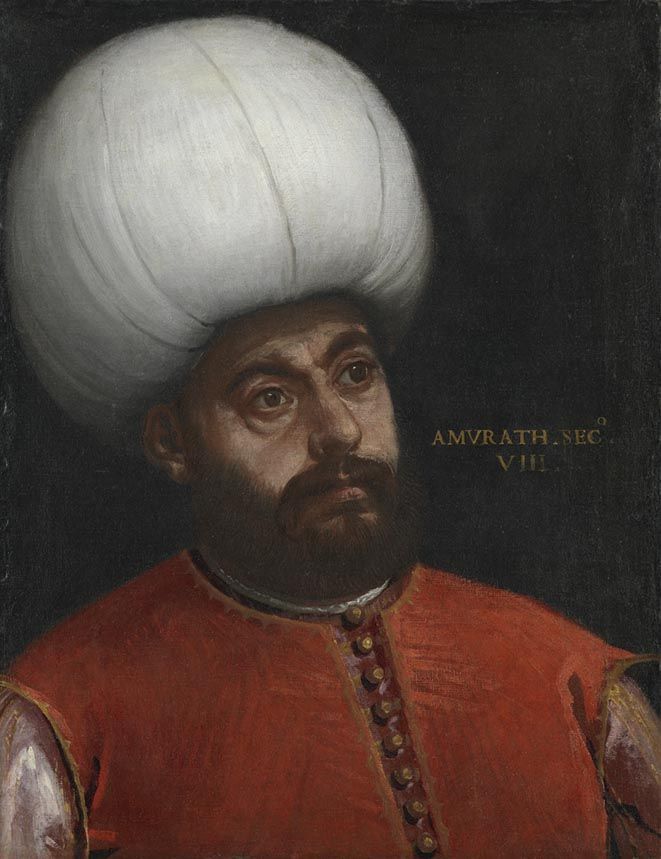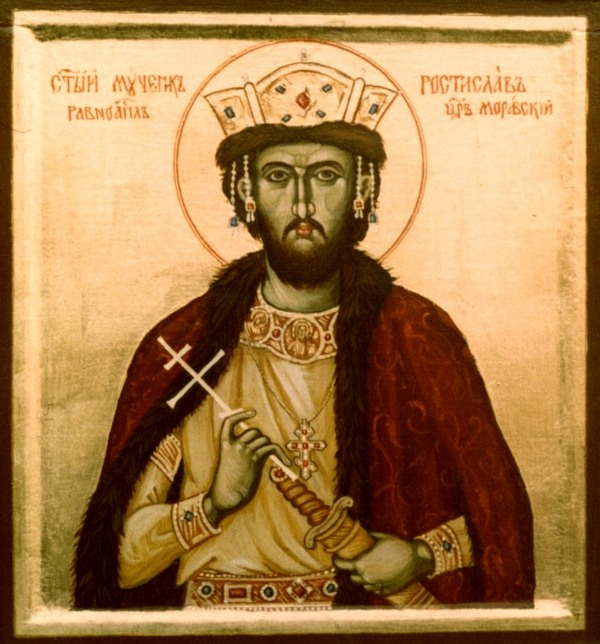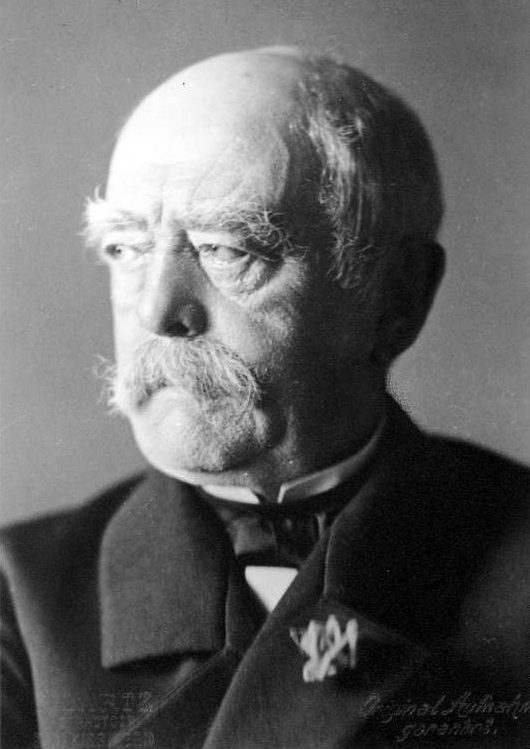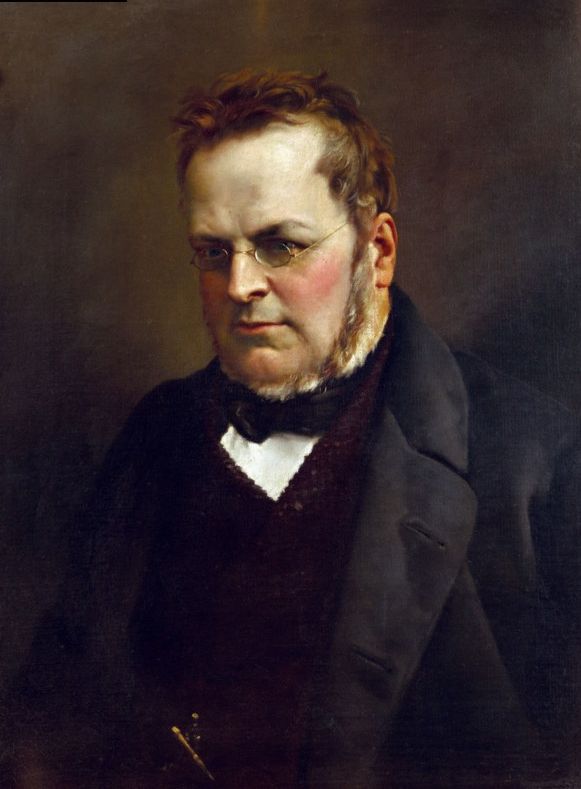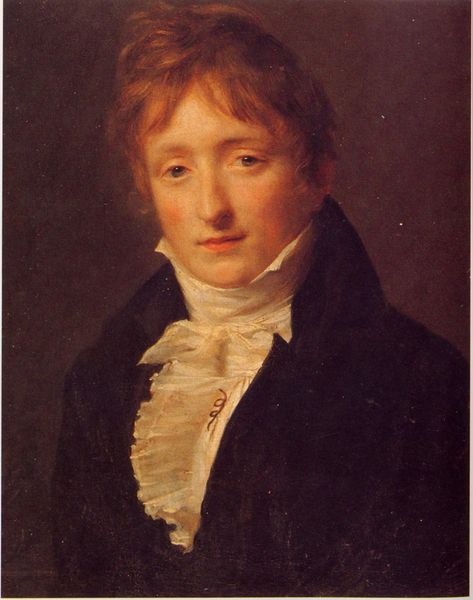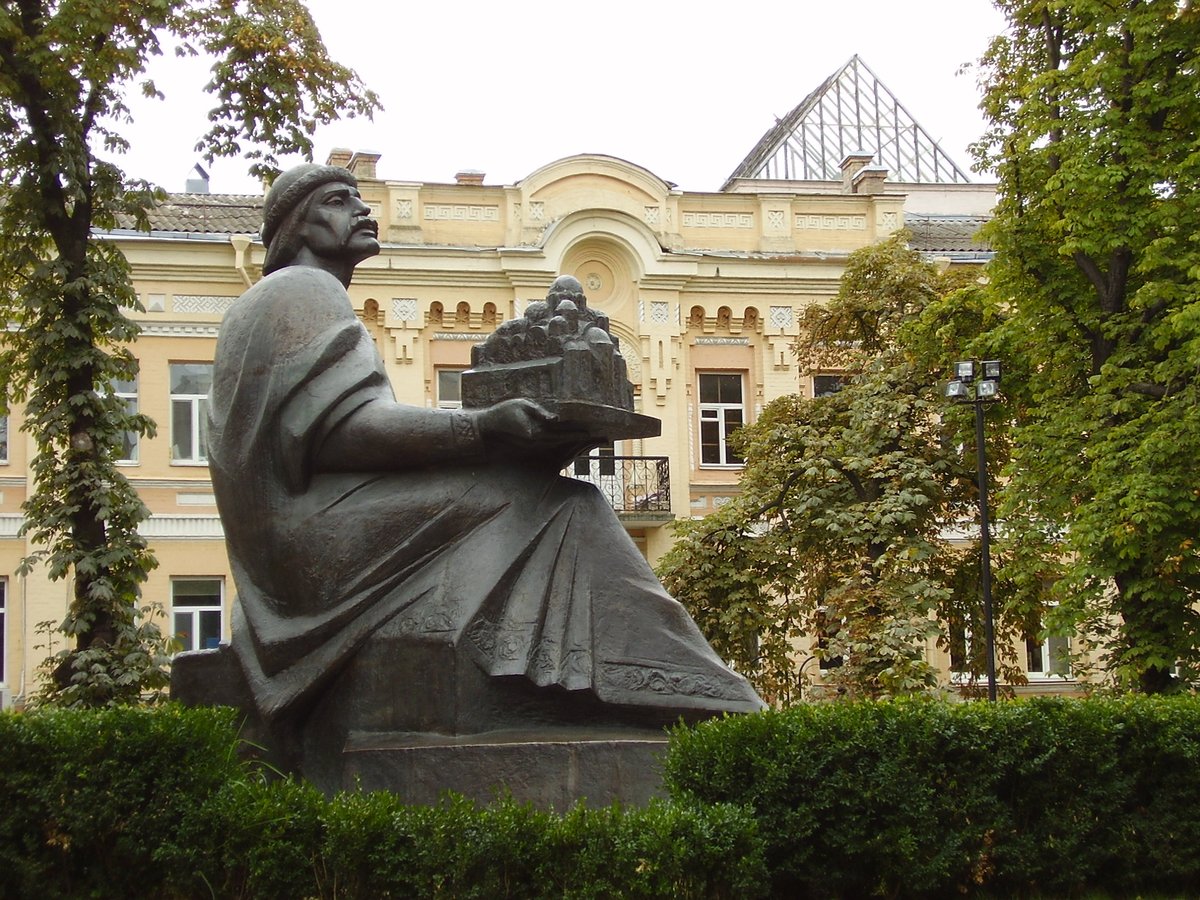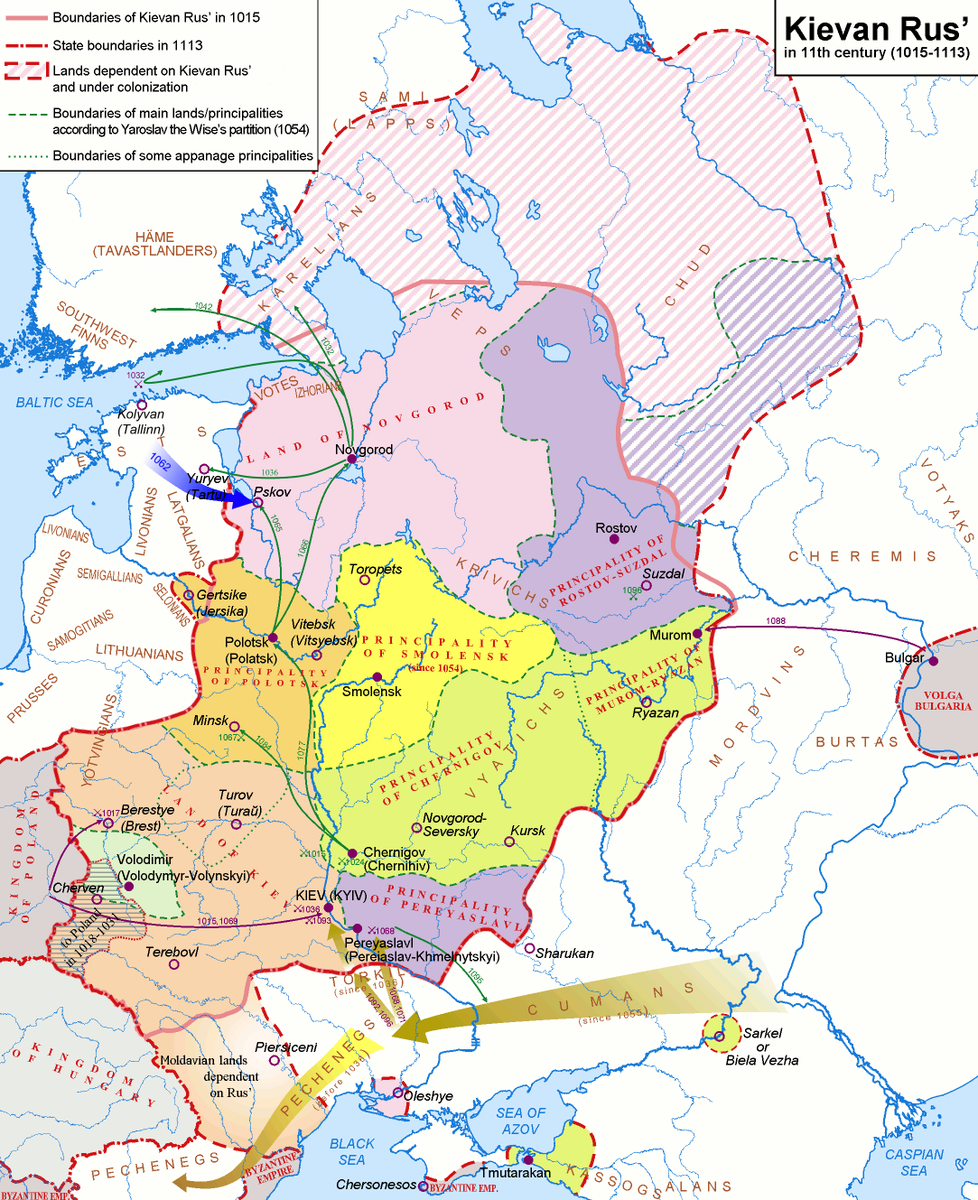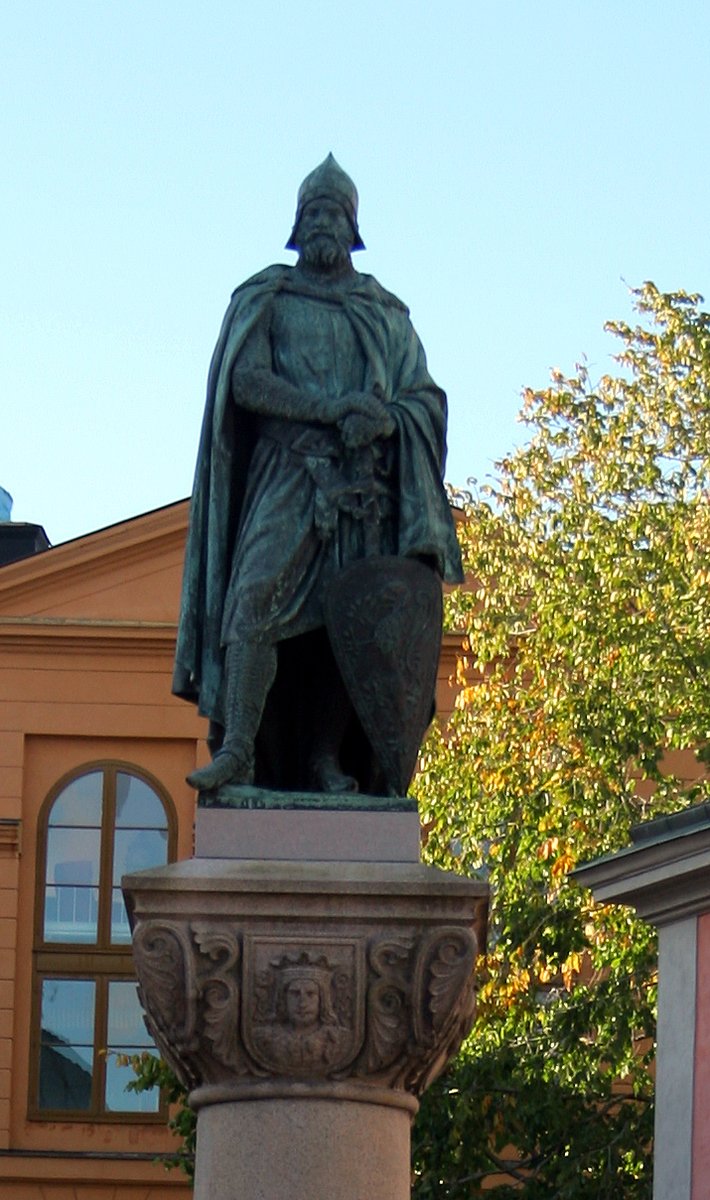In an age of revolutions, the revolutionaries face a revolution.
Ultimately unsuccessful, it paves the way for freedom for many, but not from a century of debt.
Story in the evening ...
Ultimately unsuccessful, it paves the way for freedom for many, but not from a century of debt.
Story in the evening ...
https://twitter.com/Arby_K/status/1474205689165799424
François-Dominique Toussaint Bréda was born around 1743. His father or grandfather may have been Gaou Guinou, a Prince of the Kingdom of Ardra in the African continent. Gaou Guinou was captured, perhaps during a civil war, and sold as a slave in the Caribbean. 1/10 

Toussaint grew up in the French colony of Saint-Domingue, which was on the western part of the island of Hispaniola. Earlier dominated by the Spanish, Hispaniola's western part had become dominated by the French in the 17th century, who formally acquired it in 1697. 2/10 



Initially a slave on a plantation, Toussaint became a free man in 1776, after moving up the ranks quickly with his work in the plantation. He also received a decent education for his stature, with the help of Bayon de Libertad, who managed the plantation where he worked. 3/10 

Revolution in France in 1789 over liberté, égalité, fraternité had a cascading impact on Saint-Domingue. The slaves in the northern province rebelled for their freedom and quickly the rebellion spread across the colony. As a former slave, Toussaint was initially uncommitted. 4/10 

But after he secured his family's safety, Toussaint joined the rebels. He proved to be a skilled military leader as he opened the way for the rebels. The French struggled to put on a strong show. Eventually, French Commissioner Sonthonax proclaimed emancipation of slaves. 5/10 

In 1793, Toussaint added Louverture to his name. He allied with the Spanish, who controlled the remaining part of Hispaniola and was able to gain considerable ground in Saint-Domingue. But in 1794 when France officially freed slaves, Toussaint sided the French. 6/10 

Soon, Toussaint became the Lieutenant Governor of the French colony. France had been at war with Spain and the British. Toussaint expelled the Spanish from Saint-Domingue, and kept the British in check at Saint-Marc. With peace returning, Toussaint focussed on the economy. 7/10 

Toussaint faced opposition from André Rigaud, who held a strong position in the south. But by 1800, Rigaud was also defeated. The next year, he invaded his Spanish neighbours. Before long, he was in control of the entire island of Hispaniola. 8/10 

Toussaint also prepared a Constitution for his province, as a colony of the French Empire. But the French Emperor had other ideas. The French Emperor send his brother-in-law, General Leclerc, to rein in his Governor General. 9/10 

Leclerc induced Toussaint's supporters to switch sides, and captured him through deceit and exiled him to France. But Toussaint's supporters again switched sides, eventually gaining independence in 1804; recognized by France only in 1825 for 150 million francs paid by 1947. 10/10 

• • •
Missing some Tweet in this thread? You can try to
force a refresh


